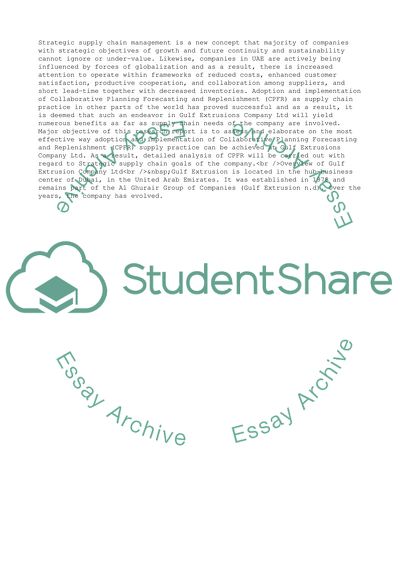Cite this document
(“Strategic Supply Chain Management in United Arab Emirates Research Paper”, n.d.)
Strategic Supply Chain Management in United Arab Emirates Research Paper. Retrieved from https://studentshare.org/management/1583729-strategic-supply-chain-management
Strategic Supply Chain Management in United Arab Emirates Research Paper. Retrieved from https://studentshare.org/management/1583729-strategic-supply-chain-management
(Strategic Supply Chain Management in United Arab Emirates Research Paper)
Strategic Supply Chain Management in United Arab Emirates Research Paper. https://studentshare.org/management/1583729-strategic-supply-chain-management.
Strategic Supply Chain Management in United Arab Emirates Research Paper. https://studentshare.org/management/1583729-strategic-supply-chain-management.
“Strategic Supply Chain Management in United Arab Emirates Research Paper”, n.d. https://studentshare.org/management/1583729-strategic-supply-chain-management.


